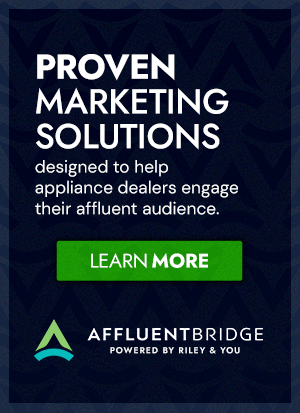Great things happen when great brands come together. When the right partnerships happen, both brands stand to benefit. We found some examples of successful co-brands, and some go together so seamlessly that you might not even realize how intentional they are. Hopefully, it will spark ideas for brands you might be able to co-brand with in the near future.
- Pottery Barn & Sherwin Williams – These brands have a shared goal of helping people create beautiful spaces in their homes, but each brand tackles a different area, which allows them to share customers, not compete for them. This partnership also serves customers because they get the sought-after catalog look – right down to the wall trim. The two brands are able to coordinate seasonal palettes so that all the colors complement each other, and their Pottery Barn design consultants can refer customers to Sherwin Williams.
- BMW & Louis Vuitton – This may not be an obvious pairing, but both of these luxury brands specialize in the art of travel. Their shared value of quality craftsmanship led them to work together to create a four-piece luggage set that fits perfectly into the rear parcel shelf of the BMW i8. Both the design and appearance work together with BMW’s sleek, masculine image.
- Barnes & Noble and Starbucks – Browsing stacks of brand new books with a steaming hot beverage sounds like a dream way to spend an afternoon. But years ago before these two brands came together, it sounded like a nightmare to booksellers imagining coffee rings on new pages. But when the brands realized their target markets were similar, a co-brand was born.
- Target & High Fashion – In 2012, two retailers Target and Neiman Marcus came together to form a new alliance. Mass retailer Target was able to bring high fashion names and brands to a new market. The fashion designers like Isaac Mizrahi brought designs exclusive to Target stores, creating a win-win.
- Red Bull & GoPro – These two brands came together because they shared the same audience: thrill-seekers, extreme sports fans, and those who want adventure. The brands now work together to sponsor live events that bring in huge audiences and offer both brands exposure to their target markets.
- MasterCard & Apple Pay – MasterCard was the first card to use Apple Pay. This allowed Apple to have a large customer base to work with while it tweaked the app. This was seen as a benefit for both brands and allowed both to grow their customer bases.
You never know where you will find your next successful co-brand. Riley & You have helped many clients work with suppliers and vendors, share advertising costs, and build strong partnerships with premium brands. If you think co-branding can help your business grow, we can help you explore co-branding opportunities and create a marketing plan.


